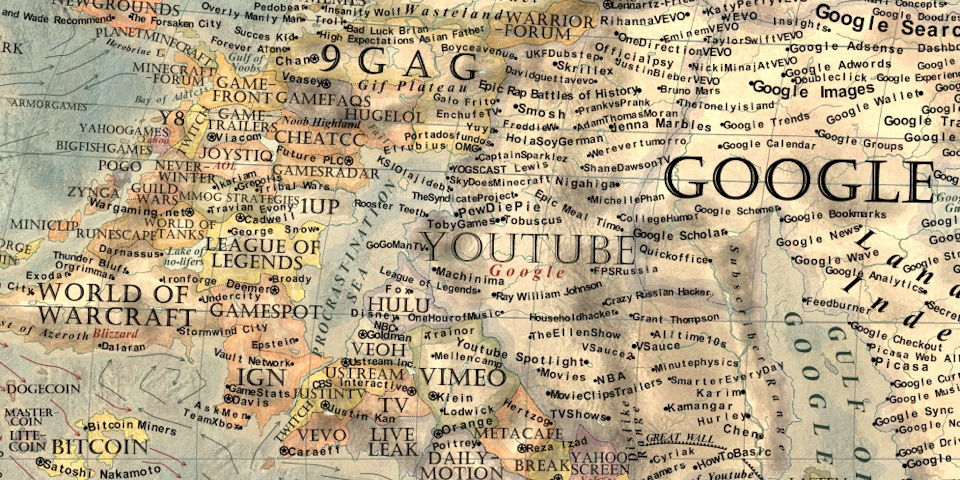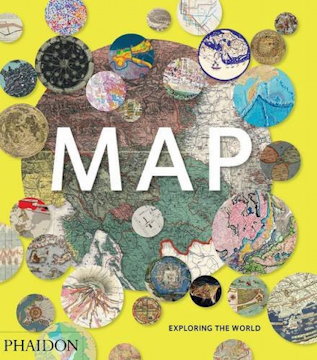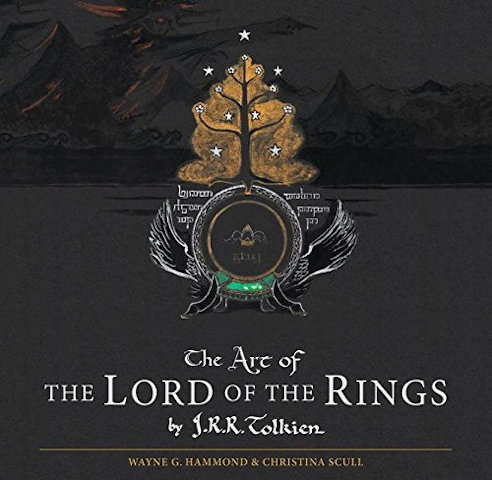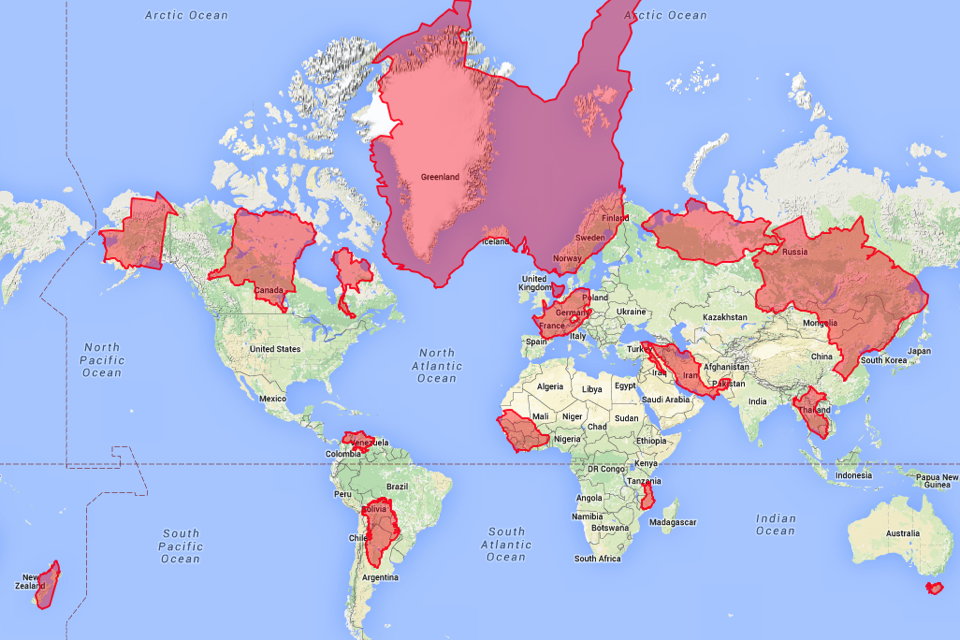 The first thing to keep in mind about Olivier Le Carrer’s Atlas of Cursed Places (Black Dog & Leventhal, October 2015) is that it’s not an atlas. Rather, it’s a collection of brief essays about a series of unique places around the world. In that I suspect it’s much like Judith Schalansky’s Atlas of Remote Islands or Aude de Tocqueville’s Atlas of Lost Cities (English translation forthcoming next year). All of these books shared a publisher in France; all of them appear to have been conceived under the influence of Calvino.
The first thing to keep in mind about Olivier Le Carrer’s Atlas of Cursed Places (Black Dog & Leventhal, October 2015) is that it’s not an atlas. Rather, it’s a collection of brief essays about a series of unique places around the world. In that I suspect it’s much like Judith Schalansky’s Atlas of Remote Islands or Aude de Tocqueville’s Atlas of Lost Cities (English translation forthcoming next year). All of these books shared a publisher in France; all of them appear to have been conceived under the influence of Calvino.
The Atlas of Cursed Places’s essays are about places in the world that are, for one reason or another, particularly horrible, by dint of their history or geography. There are navigational hazards and environmental disasters, and sites of old horrors that were entirely human-made. Ghost towns, war zones, slums and mausoleums. Animal infestations. Each are engrossing, but the essays barely get started on their subjects: turn the page expecting more and you find yourself already on the next one. Each essay is an act of cruelty (very meta given the subject matter), whetting readers’ appetites but denying us the feast.
In the end this is an exercise in curation: the choices are fascinating, but the essays are affective rather than substantive. In that sense this book is an even lighter read than Alastair Bonnet’s Unruly Places (which seems to have much less Calvino in its book DNA).
(While not an atlas proper, this book does have a lot of maps illustrating each essay. But their effect is disorienting: each cursed place is indicated by a star on an old and out-of-date map, usually a plate from a century-old atlas.)
I received an electronic review copy of this book from the publisher via NetGalley.
Amazon | iBooks

 In January 2014 a teenage design student from Slovakia named Martin Vargic posted a map of the Internet—inspired, he told The Independent, by the xkcd classic—on his DeviantArt page. The map quickly went viral. Since then, he’s been producing maps of all sorts of things—a revised Internet map, a literature map, historical maps, maps of the world after global warming and an ice age, a stereotype map (see previous entry), plus other infographics—at a dizzying pace, most of which are available for sale on his website. Now his maps are being collected in a book, Vargic’s Miscellany of Curious Maps. It’s out now in the U.K. from Penguin imprint Michael Joseph; in North America it’ll be available in December from HarperCollins. Did I mention he’s a teenager?
In January 2014 a teenage design student from Slovakia named Martin Vargic posted a map of the Internet—inspired, he told The Independent, by the xkcd classic—on his DeviantArt page. The map quickly went viral. Since then, he’s been producing maps of all sorts of things—a revised Internet map, a literature map, historical maps, maps of the world after global warming and an ice age, a stereotype map (see previous entry), plus other infographics—at a dizzying pace, most of which are available for sale on his website. Now his maps are being collected in a book, Vargic’s Miscellany of Curious Maps. It’s out now in the U.K. from Penguin imprint Michael Joseph; in North America it’ll be available in December from HarperCollins. Did I mention he’s a teenager?







